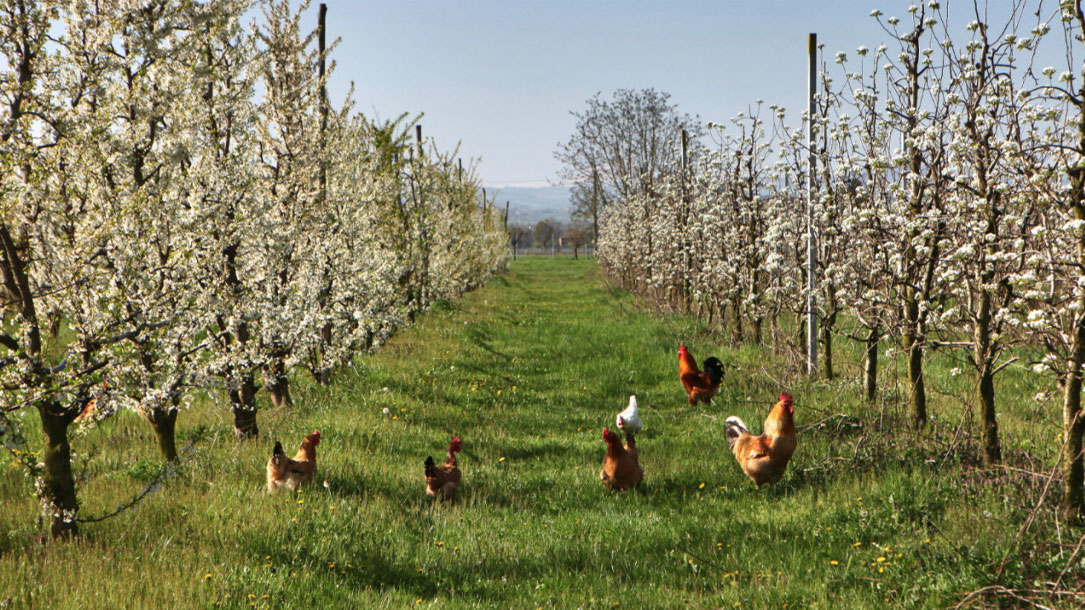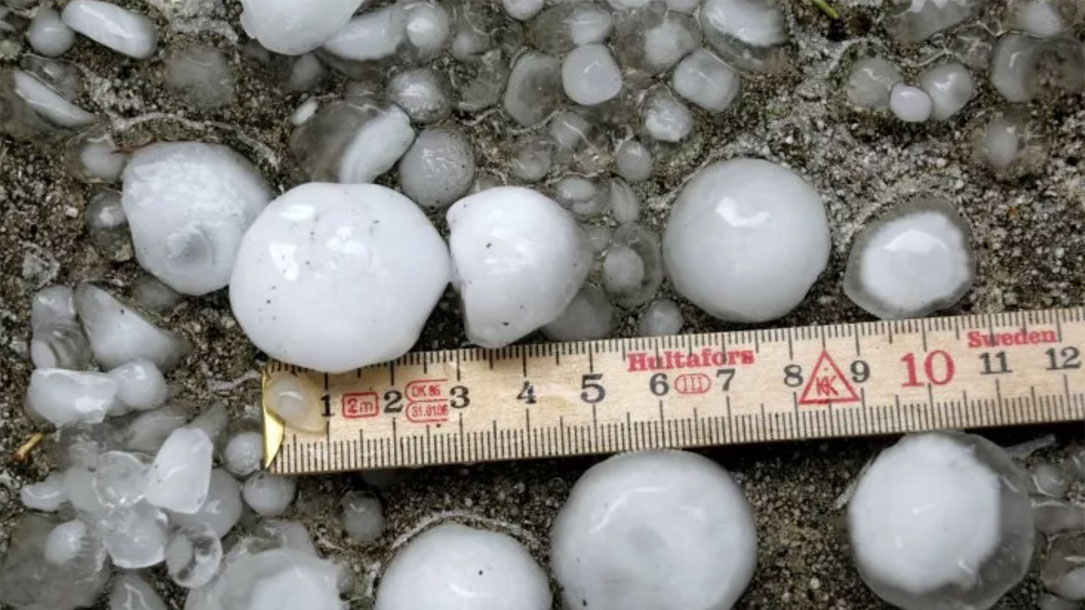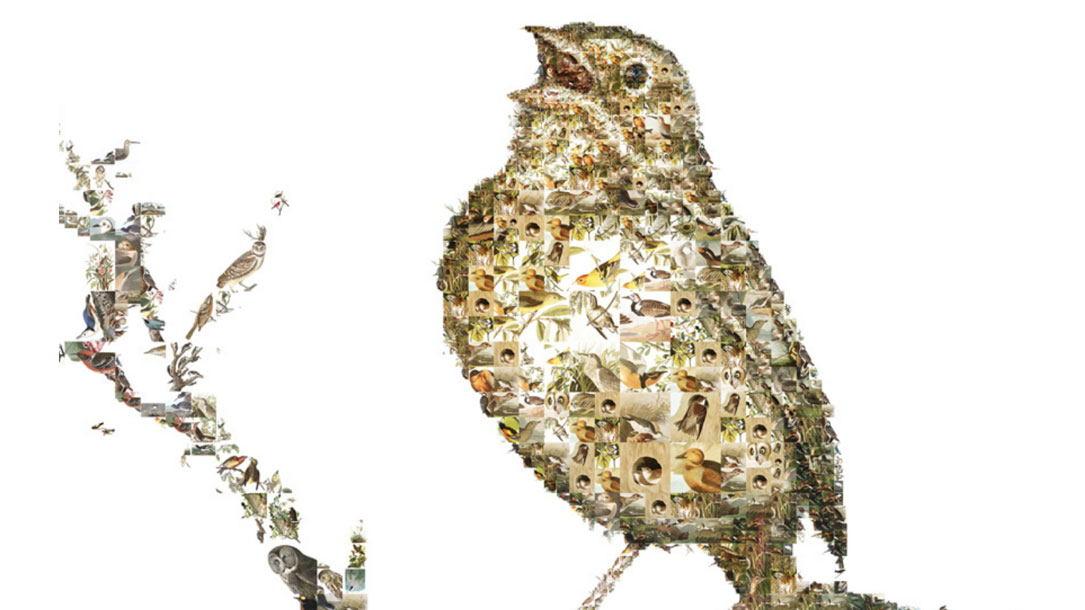Home > Climate News >

California is turning farms into carbon-sucking factories
In a grand experiment, California switched on a fleet of high-tech greenhouse gas removal machines last month. Funded by the state’s cap-and-trade program, they’re designed to reverse climate change by sucking carbon dioxide out of the atmosphere. These wonderfully complex machines are more high-tech than anything humans have designed. They’re called plants.
Seriously though…

Brilliant teen’s invention to remove all plastic from ocean is finally becoming a reality
A solution to the catastrophic plastic pollution in the ocean, now a problem even in the Great Lakes, is getting a major boost. When Boyan Slat was 16 years old, he found himself coming across more plastic than fish while diving in Greece. It was then that he decided to dedicate a high school project to investigating ocean plastic pollution and how he could make a difference.
Check out what’s about to happen off the coast of California this summer…

Is there plastic in your beer? Probably
Love beer? How about water? According to a new study published in the Public Library of Science’s open access journal, micro-plastics found in the Great Lakes are making their way into the region’s beer. That’s not a good thing for your health…

Ticks devastate Maine, N.H. moose populations
An insidious pest is killing about 70 percent of moose calves across Maine and New Hampshire, and their deadly work is being aided by warming temperatures and shorter winters that allow the parasites to survive longer, scientists believe…

Climate change: Giant hail set to batter North America
Research is documenting that extreme weather is on the rise that will wreak havoc on farms and ranches. As a result, it is likely there will be increased need to cover crops and provide animals shelter to avoid critical damage from hail. That will likely mean drafting long-term conservation agreements (conservation easements) that want farming and ranching to succeed to allow for structures beyond the farmstead areas (building envelopes).
To get a sense of what we are talking about, check out the video or you can read the short article…

Audubon’s Birds and Climate Change Report
“The National Audubon Society has completed a continental analysis of how North America’s birds may respond to future climate change. Using extensive citizen science data and detailed climate layers, we developed models that characterize the relationship between the distribution of each species and climate…”

How is climate change impacting birds?
National Audubon’s 2014 Report is relevant, although there is growing concern that the predictions are understated given new research of an acceleration of climate change.

Off-shore wind farms less harmful to seabirds than first thought
Researchers used radar and video to monitor seabirds flying near the Vattenfall’s Thanet offshore wind farm in the English Channel over a two-year period.
They found that birds were present near the turbines in just two per cent of the 600,000 videos shot during the period, and they recorded just six collisions—an average of one every four months…

Oceanic changes that propelled mass extinction 252 million years ago resemble effects of climate change today
A recent study by scientists at Arizona State University warns that impacts of modern-day climate change are similar to the scenarios that had taken place before a mass extinction happened millions of years ago.
An event called Permian-Triassic mass extinction killed 90 percent of all animals on Earth some 252 million years ago. It took about another five million years for the ecosystems to recover from what happened…

One-third of forests aren’t growing back after wild fires, research finds
“Seedlings are more sensitive to warm, dry conditions than mature trees, so if the right conditions don’t exist within a few years following a wildfire, tree seedlings may not establish,” said Philip Higuera, a coauthor of the study.
Earlier this month, a separate study found that ponderosa pine and pinyon forests in the West are becoming less resilient due to droughts and…












